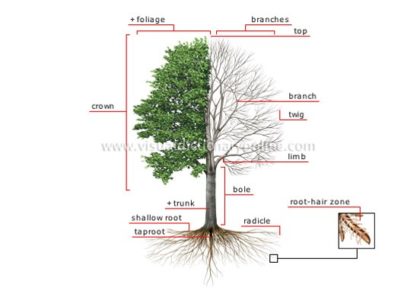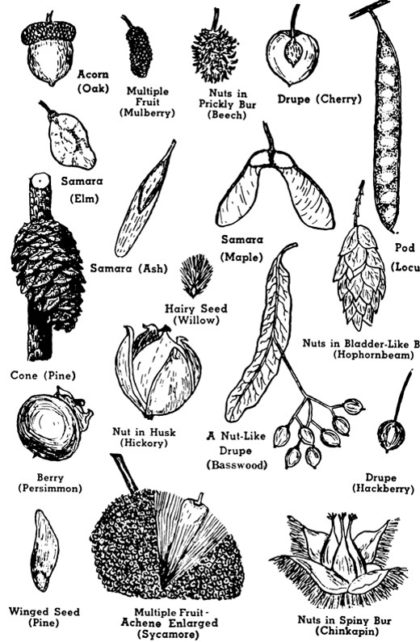
Dendrology – the science of woody species.
Greek: dendron – a tree and logos – science.
Woody plants – perennial herb with a secondary weight gain.
Of the approximately 260 000 known species of seed plants, 80 000 or 25% are woody plants, of which only 630 species of conifers, and the rest is of Angiospermae (Magnoliophyta).
Distribution of woody species:
trees (with a strong trunk).
bushes (no trunk).
half-bushes (odrvenjava only in the lower part).
climbing plants (woody plants that can wrap or rely on trees or other substrate).
Broadleaves (Angiospermae, usually with a prominent leaf lamina).
Conifers (Gymnospermae, usually needle-like leaves – needles).
Evergreen
Deciduous
Indigenous (local, the nature of the growth in our country).
Non-native (exotic, do not grow with us from nature).
Distribution of trees according to height:
Trees I row: over 25 m
Trees II row: from 12 to 25 m
Trees III row: from 5 to 12 m
Distribution shrub height:
High bushes: over 2.5 m
Medium height from 1 to 2.5 m
Low bushes: up to 1 m
Features trees
They are divided into morphological, ecological, biological, etc.

Morphological characteristics:
Root (shape, depth).
Tree (habitus) – height.
Trunk (diameter, growth direction).
Crown (shape, size, mode of branching).
Bark (color, thickness, structure).
Leaf (shape, size, color, position, hairiness, etc.).
Flower and inflorescence (shape, color, size, etc.).
Fruit (shape, color, size, etc.).
Shoots (color, size, shape and position of the bud).
Ecological features:
Relationship to environmental factors:
The climate: light, temperature, humidity, wind, rainfall.
Edaphic: soil, parent substrate.
Orographic: relief, exposure, slope, altitude.
Biogeographical distribution – areal.

Biological characteristics:
length of life
growth rate
begin fruiting (maturity)
the frequency of fruiting
weather on the year – phenology – the time of leafing, flowering, fruiting, leaf falling, etc.

Systematics (Taxonomy)
Empire (Regnum): Plantae (plants)
Section (phyllum): Angiosperms (flowering)
Subsection (Subphyllum): Magnoliphytina (of covered)
Class (Classis): Magnoliatae (dicots)
Subclass (Subclassis): Dilleniidae
Ordo: Salicales
Family: Salicaceae
Genus: Salix (willows)
Type (Species): Salix alba L. (white willow)
Subtype (Subspecies): Salix alba L. ssp. coerulea (Sm.) Rech.f.
Variety (Varietas): Salix alba L. var. vitelina
Form: Salix alba L. var. vitelina f. Pendula (weeping willow)
Hybrid: Platanus x acerifolia (P. orientalis x P. occidentalis)

I will like learn more from this for I am a student of forestry at university of Liberia studying Forestry
It is very good explanation about tree classification
So i like it .
That is great’ me too a student in GHANA is intrested in flowers and trees